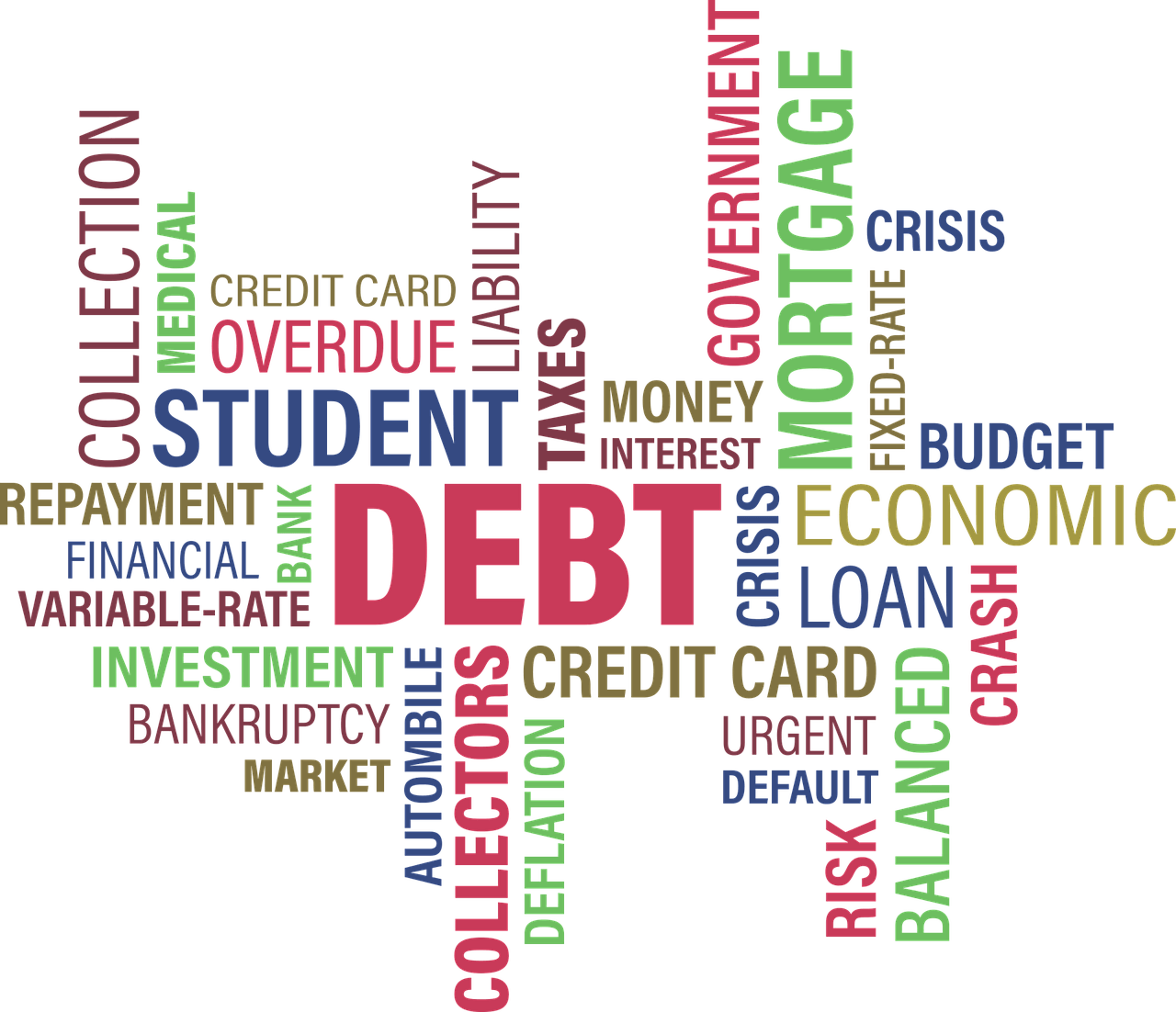For most people, attending college means that they might require a student loan or multiple loans. If your family cannot afford to pay for college out of pocket, then you may have to find some private lenders who are willing to help you out.
The terms and conditions for student loans are always more than accommodative. Now, you may feel that these are good terms, however, at the end of the period, you will still be required to pay the loans, and in some cases, the interest keeps accruing.
For this reason, we decided to make you aware of the accruing student loan interest you may not be aware of. Continue reading to learn more.
How Does the Interest on Student Loans Work?
Whenever you borrow money from a financial institution or a bank to fund something you want, you must pay it back with interest. This is the reason why these lenders are still in business. They give you money, and you pay them back, plus some more on top of that.
Student loans aren’t any different, and while their interest rates are low, they must still be paid back. Technically, if you borrow $10,000, you would pay back more than the original $10,000, and the longer the loan period, the higher the final payment may be.
How Is Interest Calculated?
The interest rate is usually an annual percentage rate that is set by the lender. For federal loans, the rates are set by Congress each year.
Because federal loans are given by the government, their rates tend to be much lower than what you are likely to find with a private lender.
If you use a private lender, the rate you are given depends on a few factors, such as your existing credit history, income, and credit score. Lenders will usually give the lowest rates to people with good credit.
Also read: These Borrowing Tips Will Save You From A Bad Loan
How Is the Interest Rate Compounded?
Now, although the interest rate is expressed in terms of an annual rate, it is usually compounded on a daily basis. For example, if you have a $10,000 loan, you may assume that an interest rate of 4.45% should attract an interest of $445 per year, but that is not how it’s done.
Rather, the annual interest rate is usually divided by the number of days in a year – 365 days, in order to get the daily rate of interest. So, in the case above, you would be charged an interest rate of 0.012% each day.
So, on the first day of the loan, you shall be charged an interest of $1.20, which is added on to the following day. The next day, the interest rate shall be calculated on $10,001.20.
At the end of the year, you shall have paid a total of $455.02 in terms of interest, which means you will give the lender an extra $10 because of the compounding difference.
Looking Ahead
If you think about paying the loan for 5-10 years, then you may understand how interest makes you pay way more than you had borrowed, and the higher the interest rate, the higher the compounding difference you would be giving the lender.
Subsidized and Unsubsidized Loans
A subsidized loan issued by the government means that the government will pay the interest cost while you are in school, as long as you are enrolled in the college for at least half of the time.
Whereas an unsubsidized loan means that you are responsible for all of the accruing interest in the loan from the point of loan disbursement.

Conclusion
Knowledge is power, and when you know what you are getting yourself into - you'll have a better chance of making an informed decision.
Student loans always look so enticing, but in the long-run, they may cost you lots of money. Only take them out if you absolutely must.




















